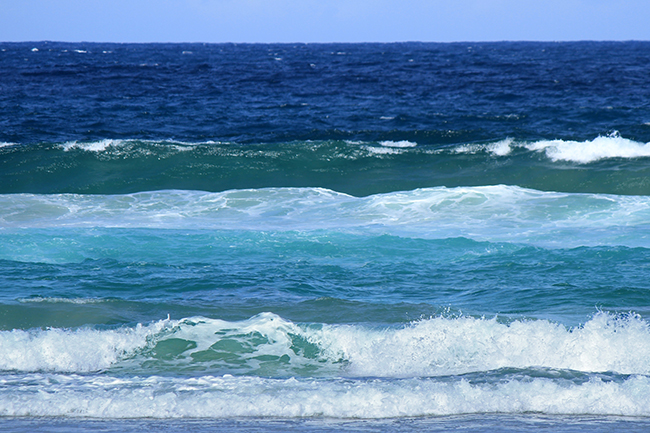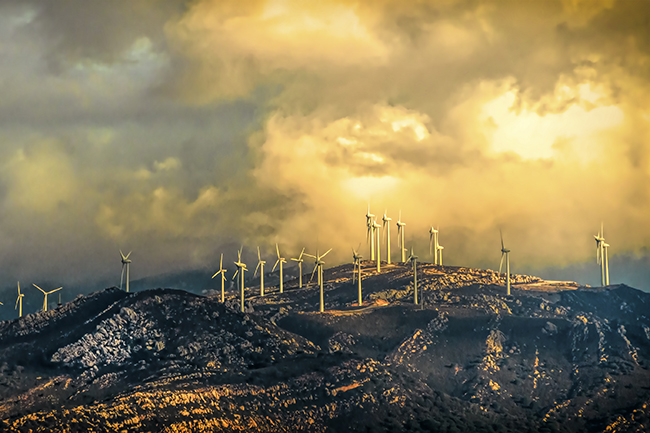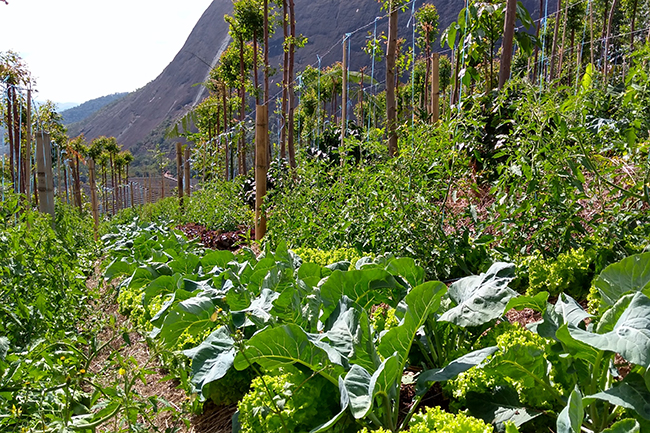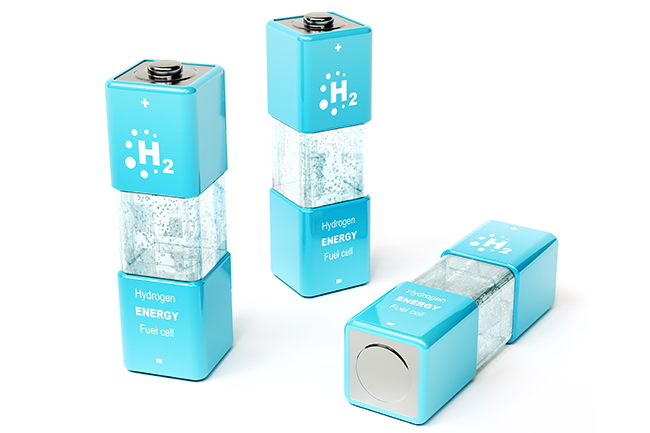

Canned sprat. Photo: Flickr.com /Marco Verch CC BY
Climate impact from seafood
Pelagic species such as sprat, herring and mackerel are preferable choices from a nutritional and climate perspective, according to a recent Swedish study. The researchers ranked 37 types of seafood that are commonly consumed in Sweden by their climate impact and nutritional value. At the other end, with low nutrient density and high climate impact, were northern prawn, pangasius and plaice.
The wide variability in production methods among seafood was reflected in the greenhouse gas emissions. Small pelagic species such as herring and mackerel were among the top performers. Crustaceans, flatfish, scallops and oysters had the highest climate impact, due to a combination of resource-intensive production technologies and/or low edible yield.
Most seafoods scored higher in the combined nutrient-climate metric than land-based meat, such as pork, beef and chicken.
The authors stress that this type of evaluation should be combined with other sustainability criteria such as stock exploitation, eutrophication, biological risks, spread of antimicrobial resistance etc.
Science direct, 1 September 2019 https://www.sciencedirect.com/science/article/pii/S0959652619313162

 Download this issue
Download this issue























